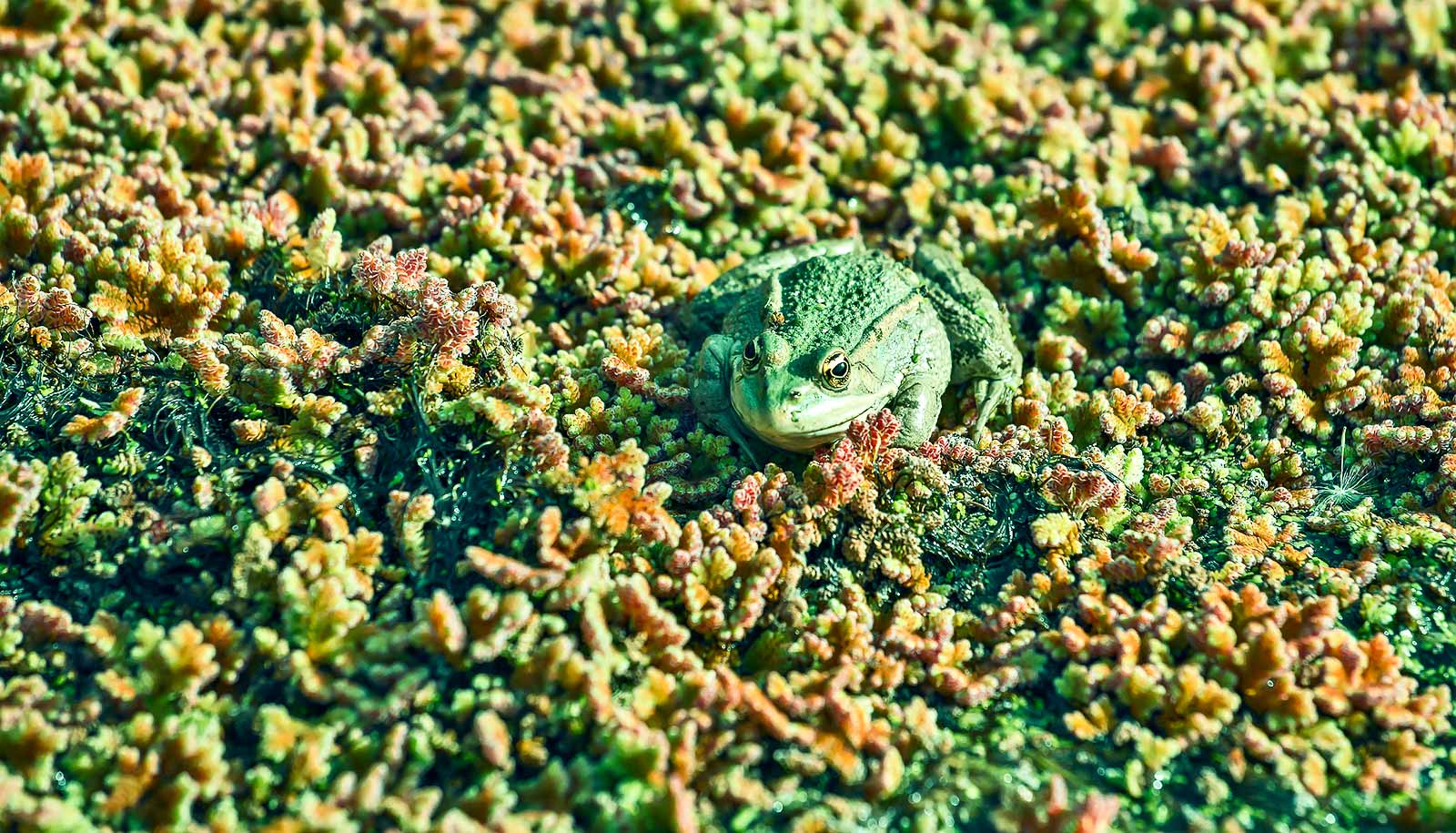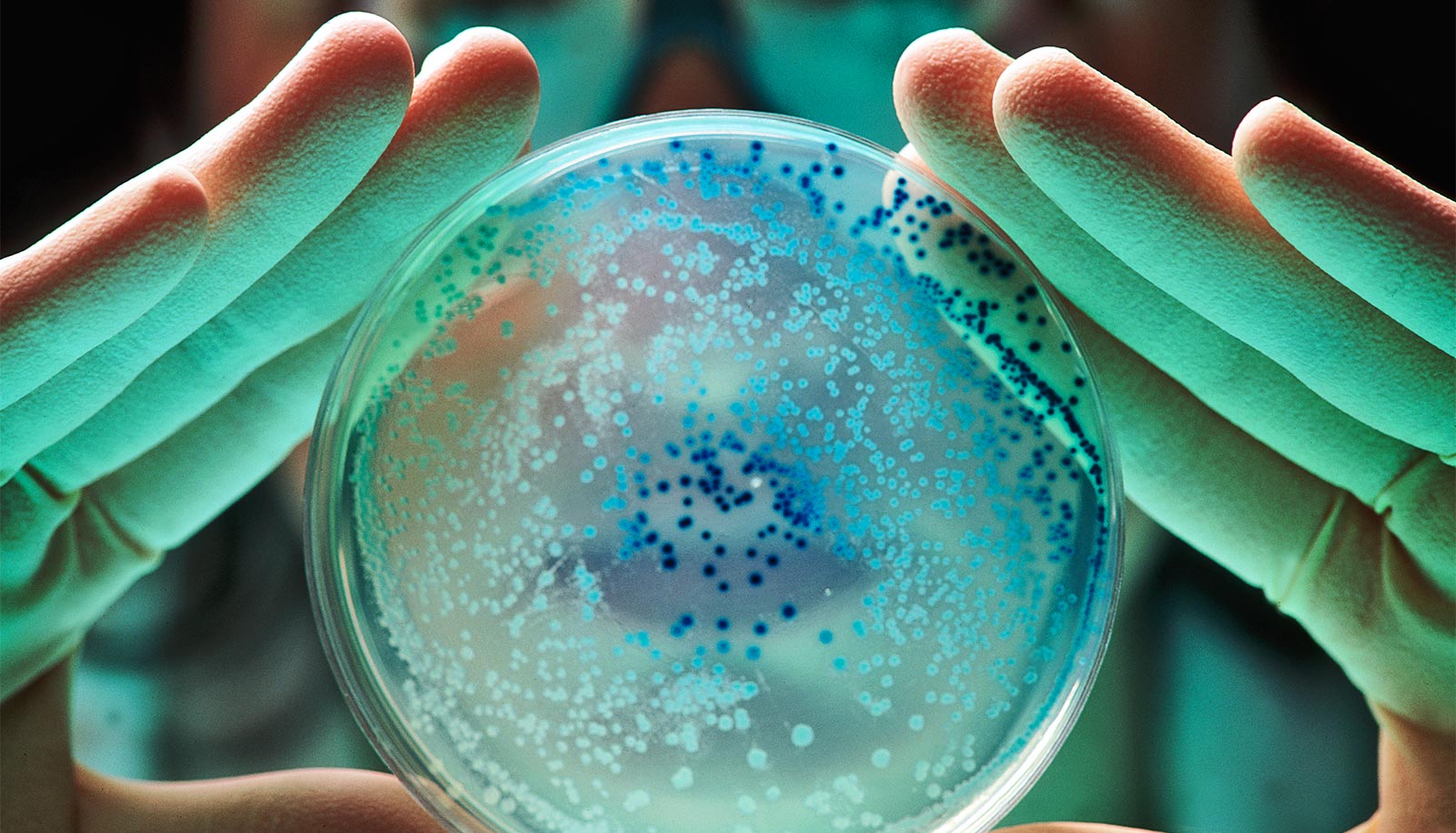Researchers have discovered a correlation between the degree of competition within microalgae communities’ and the overgrowth of algal blooms that can be manipulated through hydrology.
The findings will help alleviate an increasing harmful algal bloom issue in the United States, they say.
An overabundance of simple plants living in bodies of water cause harmful algal blooms—known for releasing deadly toxins. These blooms thrive best in warmer and drier climates, can kill aquatic life, birds, and mammals, and pose negative effects on the ecosystem.
“Just like humans, phytoplankton need certain resources to survive…”
Daniel Roelke, a professor with Texas A&M University’s Wildlife and Fisheries program, studies the driving factors that cause algal blooms to grow in certain areas and how to manipulate the conditions where they reproduce in hopes of mitigating the problem.
“Our most recent studies have shown that phytoplankton made up of species that do not strongly compete against each other suffer more from blooms in comparison to those phytoplankton made up of species that strongly compete against each other,” Roelke says.
“The driving force behind the growth of blooms comes from the amount of nitrogen and phosphorus levels in a body of water. If you can manipulate the hydrology in such a way so that these two chemical compounds fluctuate through time, then you can manipulate the systems so that the phytoplankton compete against each other more strongly, thus resulting in less blooms.”
The majority of the time series data used in the new paper, which appears in Ecology Letters, was performed in lakes in Europe. However, the scientists are currently developing and testing methods in Texas lakes, estuaries, and bays.
How to protect your dog from deadly blue-green algae
“The harmful algal bloom issue is increasing in frequency and magnitude as we speak, but we hope that the research studies we’ve conducted will bring us closer to mitigating the problem and finding a solution,” Roelke says. “Not only for ecological reasons, but also for the sake of human health.”
To help support Roelke’s research, PhD student Rika Muhl completed a study that focuses on the environmental conditions that can affect phytoplankton.
“Just like humans, phytoplankton need certain resources to survive, such as nitrogen, phosphorus, carbon, or vitamins,” Muhl says. “The duration and intensity of harmful algal blooms is reduced when the need for those resources in phytoplankton groups is dissimilar, meaning one phytoplankton may need more nitrogen than another, and vice versa.
“Therefore, if we can identify and manage environmental conditions that promote healthy and diverse phytoplankton groups, we can create an environment that prevents the reproduction of out-of-control algal blooms.”
Oldest algae fossils suggest when photosynthesis began
The study was funded in part by the Texas Parks and Wildlife Department.
Source: Texas A&M University



